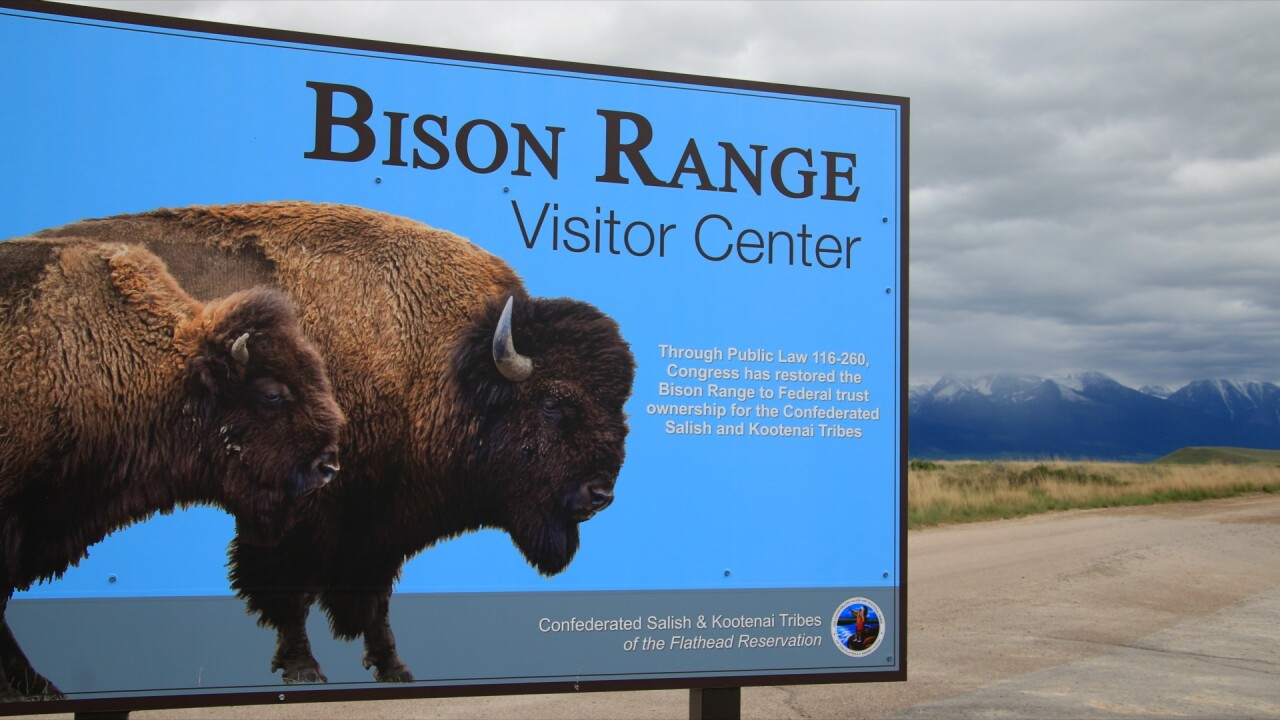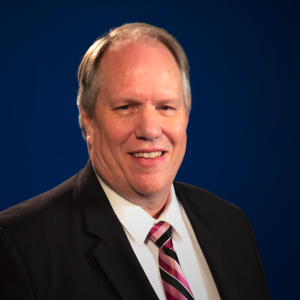MOIESE - Leaders of the Confederated Salish and Kootenai Tribes (CSKT) are looking to develop a more educational, and visitor-friendly approach to the management of the Bison Range, while still preserving the legacy of wildlife and cultural importance.
Anyone attending the celebration of CSKT's "restoration" of management of the Bison Range in Moiese could easily see the cultural and historical importance of the change. But it was also an indication of a new phase of the refuge's future.
Tribal Chair Tom McDonald says the tribe is already exploring a number of ideas to improve the visitor experience.
"People want to have more education and more opportunity to spend time here. And so we'll be looking at you know additional pedestrian trails. We'll be looking at a secondary entrance on Ravalli Hill is good example."
McDonald told MTN News the Tribe will analyze the ideas, including day use areas and even possible overnight camping, against what visitors would expect to find.
"Those type of facilities or attributes that are kind of common with a natural area or park," McDonald noted. "And we'll be looking at providing some of that opportunity here. So that'll be a change."
One change that's already happened this season is an increase in entrance fees, part of the change from the subsidized fees under the U.S. Fish and Wildlife Service system, to tribal management.
"We do have an entrance fee, same as there was. Little different charges because unlike before this, this facility will be run off of, you know, the gate fees and what the tribes put into it. It's not on the taxpayer's back as it was before. So it really is a you play, you pay here. But it's open. It's open for business. It's open to the public."
That's the main takeaway. The Bison Range — which attracts thousands of tourists, but local residents too — will continue to be a popular, and enjoyable destination. With a new focus on the links between the land, and the tribes.
"Just the sheer interpretation is way different. And that combination of putting in the native perspective and identifying even more than was identified before as far as critical elements," McDonald says. "Or you know the flora fauna of the landscape, how it's connected everywhere. You'll see a lot more."




